The Esteemed Gentleman Articles
How To Care For Your Vintage Watch
If you are considering adding a vintage watch to your collection, you should be aware that they require a bit more care than modern watches. Don't let this deter you, as vintage watches are amazing pieces of history which often feature designs you won't find in modern watches. This article will teach you how to keep your vintage pieces ticking for many years to come.
Don't let the length of this article deter you, as vintage watches are great pieces to have in any collection. Not only do they come in unique designs and styles, they're also part of horological history. Trench watches, early chronometers, and slide rule bezels were vital during wartime, the Apollo 11 mission, and the early years of aviation before the advent of on-board computers and instruments.
Be Gentle, Your Vintage Watch Is Fragile
It's always advisable to be gentle with your watch regardless of its age, but you should be extra careful when wearing a vintage watch. Vintage watches weren't manufactured with the same materials as their modern-day counterparts. This means that the case can scratch and dent more easily, the crystal could crack or fall out, or the hollow bracelet could get caught on something and break apart.
You don't need to protect your watch with your life, but exercise extra caution if you are going to be planning any high-impact physical activities that day. Remember that these vintage watches have already lived a long life and just want to relax on your wrist in comfort.
Do Not Overwind Your Vintage Watch!
Mechanical movements, both automatic and manual wind, require kinetic motion to get up and running. Winding the crown a handful of times will start the watch. You can easily tell if the seconds hand begins to move. For more information on watch movements, read our article Different Watch Movements Explained, where we go into more detail on automatic, manual wind, and quartz movements.
A quartz movement cannot be overwound, so there's no reason to worry about it. Just set it and forget it. If it stops ticking, the battery is likely dead.
If your vintage watch contains an automatic movement (one that has a rotor), you can wind the crown until the seconds hand starts to move, and then place the watch on your wrist. The kinetic energy from your arm swinging will move the rotor, powering the movement. Automatic movements cannot be overwound since their mainspring is designed to release any excess energy.
Manual wind movements require the most care since they don't contain a rotor to wind them. These movements are fully reliant on you. You need to wind the crown to get them to run, and they'll stop once the stored power is depleted. When you wind these watches, continue to wind the crown until you feel tension. Do not wind any further! Doing so may snap or break parts in the movement.
Do Not Set The Time Backwards On A Vintage Watch If It Has A Day And/Or Date Complication
When you set the time on your vintage watch, resist the urge to move the hands backwards, especially if your watch contains a day/date function. Doing so may damage the movement if the time is between 9pm and 3am, when the day/date mechanism is engaged.
If you need to change the date on your watch, change the time to after 4 o'clock (to ensure the day/date mechanism is disengaged), set the day, then set the time. We recommend turning the crown until the date changes, so that you know you are at 4am.
Keep Your Vintage Watch Away From Water. Even If It Has A Water Resistance Rating
Even if your vintage watch is a diving watch, we highly recommend keeping it away from water. Dive watches contain small rubber O rings, often referred to as gaskets, which can dry and crack over time. Even washing your hands or getting caught in light rain could be enough to ruin the movement, should water find its way in.
If you are going to be enjoying a dip in the pool, diving for sunken treasure, or frolicking in the rain, remove your vintage watch and keep it somewhere dry. If you are out and about and get caught in the rain, slip it under your cuff (if you can), or remove it from your wrist and put it in your pocket.
Keep Your Vintage Timepieces In A Safe Place When It's Not On Your Wrist
Since vintage watches are more delicate than their modern counterparts, resist the urge to just toss your timepiece on your dresser or in a drawer. If you want your vintage watch to continue ticking, invest in a watch box where it won't be exposed to debris, dust, or moisture. Watch rolls and travel pouches are great options if you are a frequent traveler.
Gently Clean Your Vintage Watch When It's Dirty. Don't Be Too Rough Or You May Wreck It
After every wear you should give your vintage watch a quick look-over for any debris that it may have picked up during the day. If you notice any gunk build-up on the watch or strap, give it a gentle wipe with a clean microfiber cloth. You can lightly wet the cloth if the dirt is being stubborn but be sure to wipe off any excess water immediately.
If dirt has gotten into any crevasses, use a soft bristled toothbrush and gently brush it away. Do not apply too much pressure, as you may damage the finish on the watch or the crystal. If you are concerned about damaging the watch, take it to a reputable watch repair service and have them clean it for you.
Polish Your Vintage Watches At Your Own Risk!
If your watch isn't shining brightly enough to take down any aircraft flying overhead, you may be tempted to reach for a polishing cloth. If your vintage watch is plated, treated, or coated, you run the risk of removing that layer every time you polish your watch. Removing these layers exposes the watch case to the elements and increases its chances of developing damage like pitting (small holes developing on steel) or rust.
Some watches, especially pieces from the Art Deco and mid-century modern eras, have sharp edges or fine details that can become worn with repeated polishing sessions. If you want to polish the watch, take it to a reputable watch repair service and request that they be gentle. They will have the right tools to polish your watch without damaging it.
"What About Patina?"
Patina is the product of metals oxidizing over long periods of time, creating various hues of browns, coppers, and greens. This usually happens on the face and hands of vintage watches. Patina will look different on every watch depending on its component materials and its exposure to sunlight, making each and every watch with patina look unique.
We don't recommend leaving your watch in the sun in hopes to gain patina. Fake patina (also called faux patina) isn't as pretty, and too much sun exposure can damage your watch.
A Quick Note On Radium Watches
If your watch is old enough to contain radium, under no circumstances should you remove the caseback or disturb it in any way. Radium is highly radioactive, and direct contact can cause severe health issues. The caseback on radium watches should be thick enough to stop the radium from hitting your skin, but if you have sensitive skin you should err on the side of caution.
If you own a watch with radium on the dial or hands, be sure to take immediate action if you notice a rash, itching, or burn marks on your wrist where the watch sits. If you experience any of these effects, seek professional help immediately.
Get Your Vintage Watches Serviced On A Regular Basis
We highly recommend getting your watch serviced regularly, even if your vintage watch has a quartz movement. Quartz movements contain a battery and a small electrical circuit that can corrode if the dead battery is not replaced. Typically, quartz movements are cheaper to service than their mechanical counterparts, since there are fewer moving parts and these parts are easier to replace.
Mechanical movements require a bit more care since they contain more moving parts. These movements are made up of various springs, gears, and jewels and require oil to keep the parts lubricated, reducing friction and wear.
Ignoring these issues can result in parts breaking inside the watch, which could jam and damage the entire movement. Depending on the age and rarity of the watch, replacement parts may be nearly impossible to find.
How often you take your watch in for servicing depends on the brand, age, and number of complications (features) the watch has. Generally speaking, if the watch is older and has more complications (like a chronograph or day/date function) it should be serviced more frequently. Most brands recommend a service every 3-5 years but it's best to check with a reputable watch repair service if you are unsure.
Summary
Vintage watches may not have all the bells and whistles of modern watches, but what they lack in additional functionality they make up with style, character, and history. With proper care, your vintage watch will last many years and can be passed down to next generations, keeping the history alive.
When you subscribe to the article, we will send you an e-mail when there are new updates on the site so you wouldn't miss them.



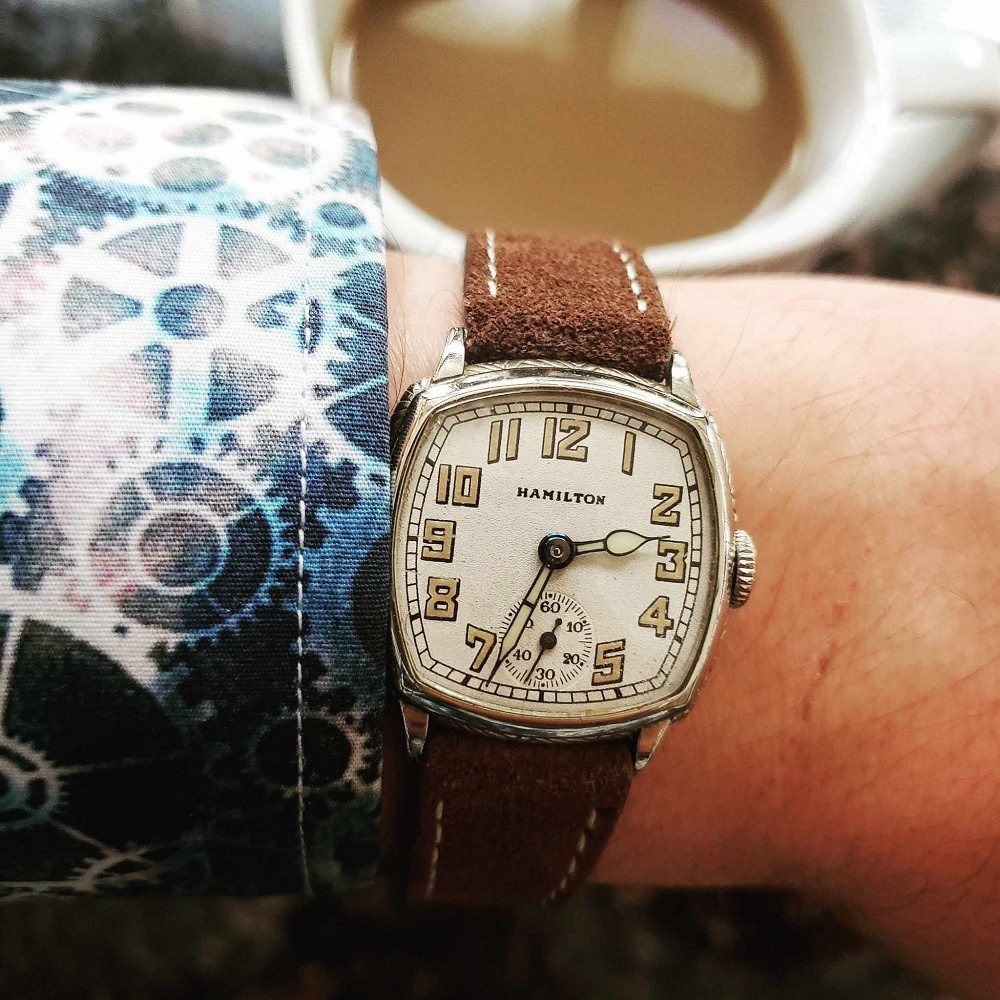
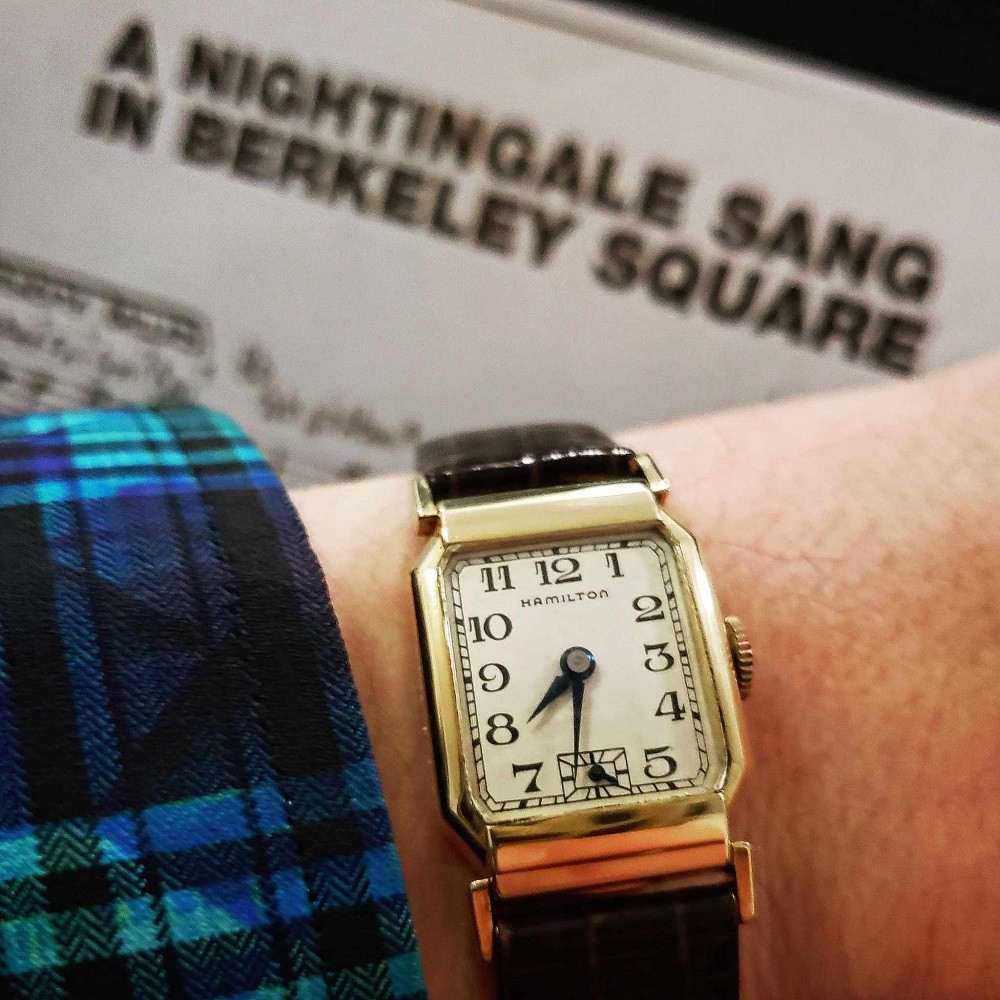
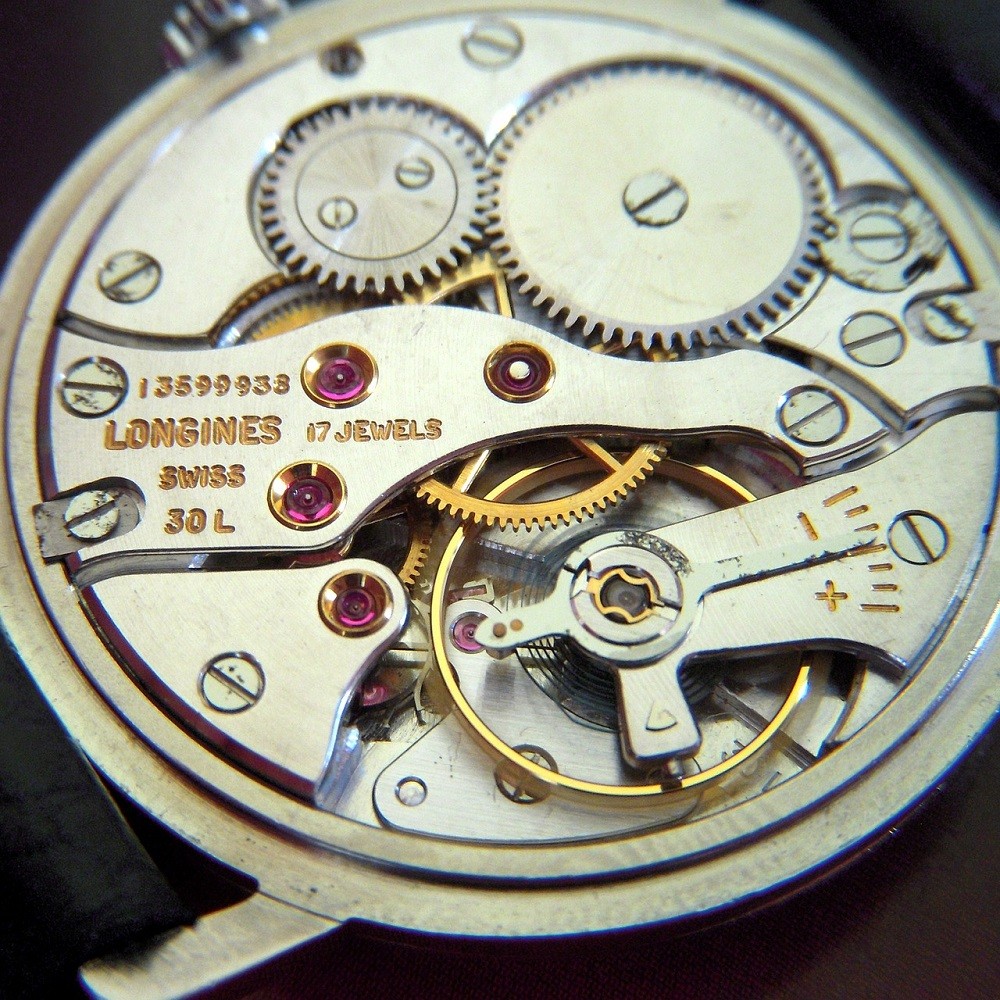
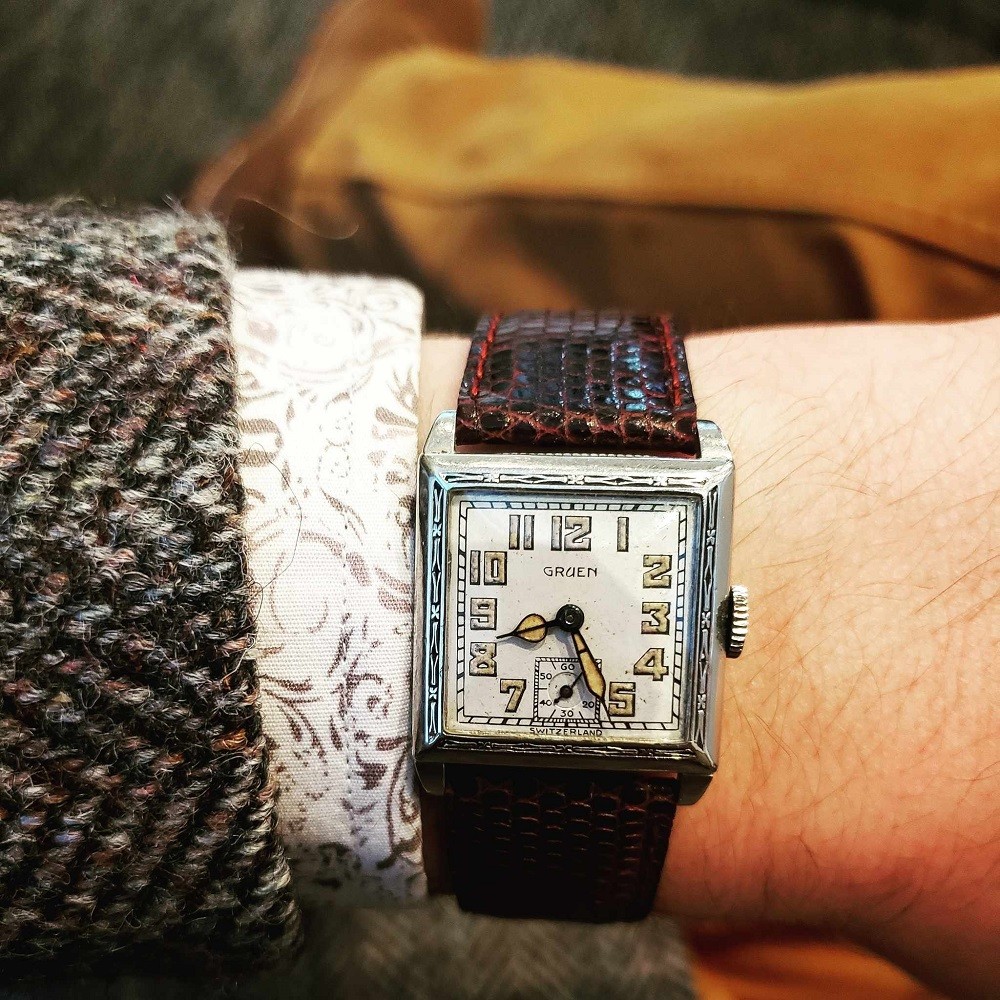
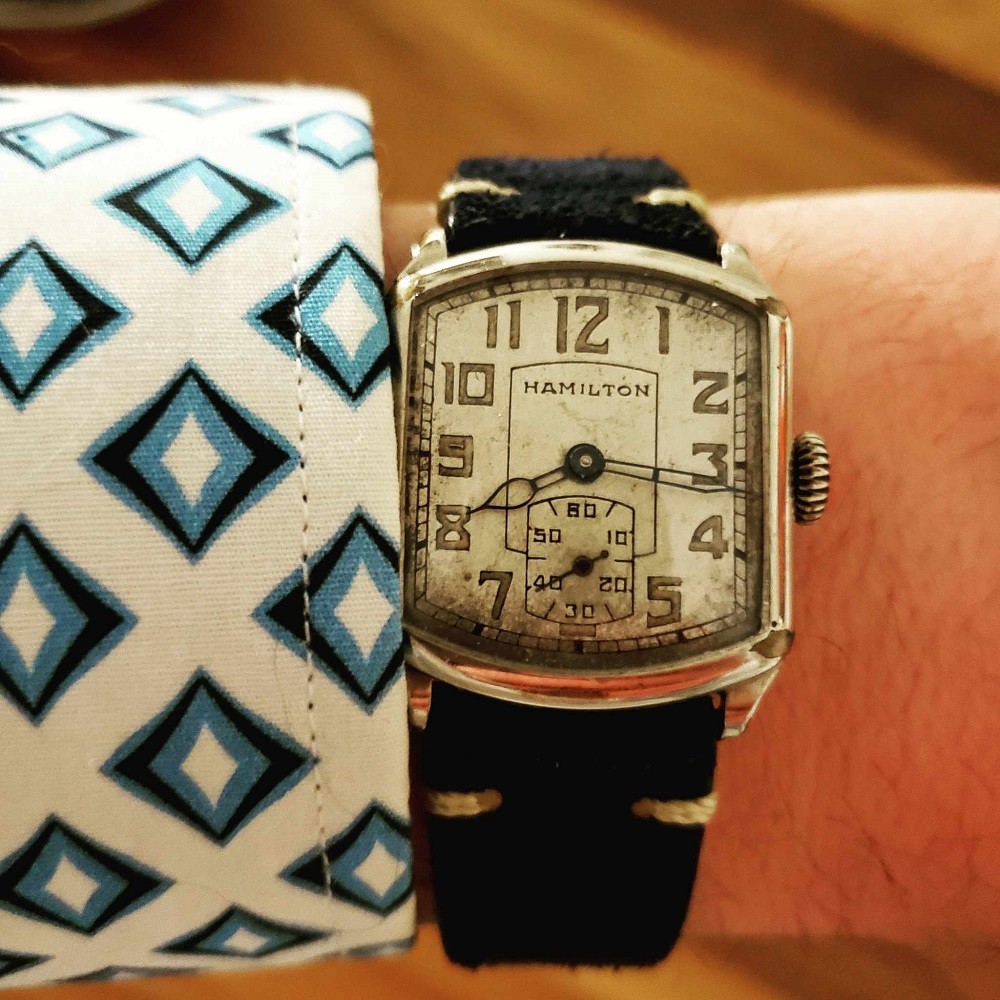


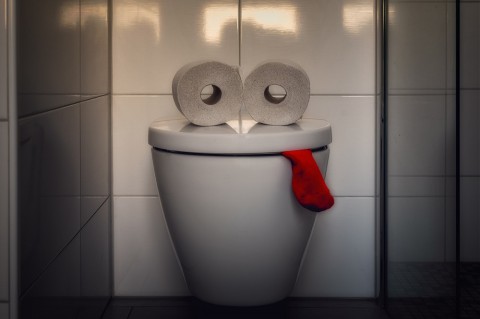
Comments